Choosing this profession of makeup artist is solely my love for makeup. Standing in a MAC store in 2018 felt so relaxing and exciting that I ended up going in this direction. Makeup is an art that brings so many emotions if you are a true makeup enthusiast. You can see that I still have a few of my childhood makeup in my makeup stash as it gets emotional when think of throwing it. Still have those good old MAC lipsticks it’s been 5 years now they are still at their best. Although I rarely use it, I know it’s an expired makeup but the lipstick is still in good form.
I, however not alone in this makeup hoarding. If there is one thing you can say about makeup enthusiasts, is that they love hoarding makeup. I mean how can you throw your favourite eyeshadow palette when you don’t even hit the pan yet? Right? Makeup expiration dates often become an afterthought amidst the excitement of new product launches and trendsetting looks. Yet, understanding the consequences and potential alternatives for expired makeup is crucial for both our skin’s health and our wallet’s well-being.
Expired Makeup Cons:
Using expired makeup can pose several risks to your skin and overall health. Over time, cosmetic products undergo chemical changes that can lead to bacterial growth, alteration of texture and color, and decreased effectiveness. For instance, expired liquid foundation may become clumpy and uneven upon application, while expired mascara can harbor harmful bacteria, increasing the risk of eye infections.
Be aware of Dates:
According to Namrata Soni (Celebrity Makeup Artist), there are four easy ways to tell if anything from your beauty hoard is due for a replacement. If it smells weird, has changed color, has changed texture, or simply isn’t working like it once did, it’s time to toss it. But even if none of this has happened, there are still some deadlines you need to keep in mind when it comes to the life of your makeup.
The first step in managing expired makeup is to understand how to interpret product labels and expiration dates. Many cosmetics include a Period After Opening (PAO) symbol—a small container icon with a number inside, indicating the number of months the product remains usable after opening. Additionally, some products feature an expiration date printed on the packaging, typically denoted by the letters “EXP” followed by a specific date.
It’s essential to follow these guidelines and dispose of products past their expiration date, as using them beyond their recommended lifespan can compromise their safety and efficacy.
Trust Your Senses:
The POA date isn’t the only indication that your makeup has expired. Due to poor storage conditions or even a bad production batch, makeup products can expire before time. Your senses can serve as reliable indicators of a product’s viability. Pay attention to changes in color, texture, and scent, as these can signal product degradation or bacterial contamination. For example, if a lipstick develops an unusual odor or changes in consistency, it’s best to discard it. These alterations may indicate microbial growth or ingredient breakdown.
Similarly, liquid and cream-based products that separate or exhibit mold growth should be immediately discarded. They can harbor harmful bacteria and pose health risks upon application. Trusting your instincts and erring on the side of caution is key to safeguarding your skin against potential harm from expired makeup.
Is It Ever Okay to Use Expired Makeup?
While the consensus is to avoid using expired makeup whenever possible, there are some exceptions. Certain products may remain safe for extended periods. For instance, powder-based cosmetics such as eyeshadows, bronzers, and blushes generally have a longer shelf life due to their dry texture, making them less susceptible to bacterial growth.
However, even with powder products, it’s crucial to monitor for any changes in color, scent, or texture, as they can still degrade over time. Practicing good hygiene by regularly sanitizing makeup brushes and storing products in a cool, dry place can help prolong their lifespan and minimize contamination risk.
Throw It Out:
Liners and Mascaras:
These products have a shorter shelf life due to their liquid formulations and frequent exposure to air and bacteria. It’s recommended to replace liquid eyeliners and mascaras every 3 to 6 months to minimize the risk of eye infections and ensure maximum efficacy.
Powders:
Powder-based products like eyeshadows, bronzers, and setting powders generally have a longer shelf life compared to liquids and creams. These usually last longer than their expiry date and can be used 1-2 years more, if stored in a dry and dark place.
Creams:
Cream-based products, including foundations, concealers, and cream eyeshadows, have a shorter lifespan due to their moisture-rich formulas, which can promote bacterial growth. It’s advisable to replace cream products every 6 to 12 months to maintain their freshness and efficacy.
Liquids:
Liquid foundations, concealers, and liquid lipsticks are prone to bacterial contamination and degradation over time. To ensure optimal safety and performance, it’s recommended to replace liquid products every 6 to 12 months.
Professional makeup Artist says that regular cleaning of makeup is essential when maintaining hygiene and preventing any sort of bacterial growth. Makeup brushes and sponge applicators need to be cleaned with gentle soap or shampoo and lukewarm water, while the surfaces of your makeup products should be cleaned with alcohol-based wipes, to prevent cross-contamination.
In conclusion, while expired makeup may seem like a tempting option to save money or salvage your favorite products, the potential risks to your skin. Throwing makeup products is always disheartening. One needs to be conscious and responsible in spending on makeup products. Remember, when in doubt, it’s always better to prioritize your skin’s health and well-being.
Also Read:
12 Viral Expensive Blushes: Are They Worth the Hype
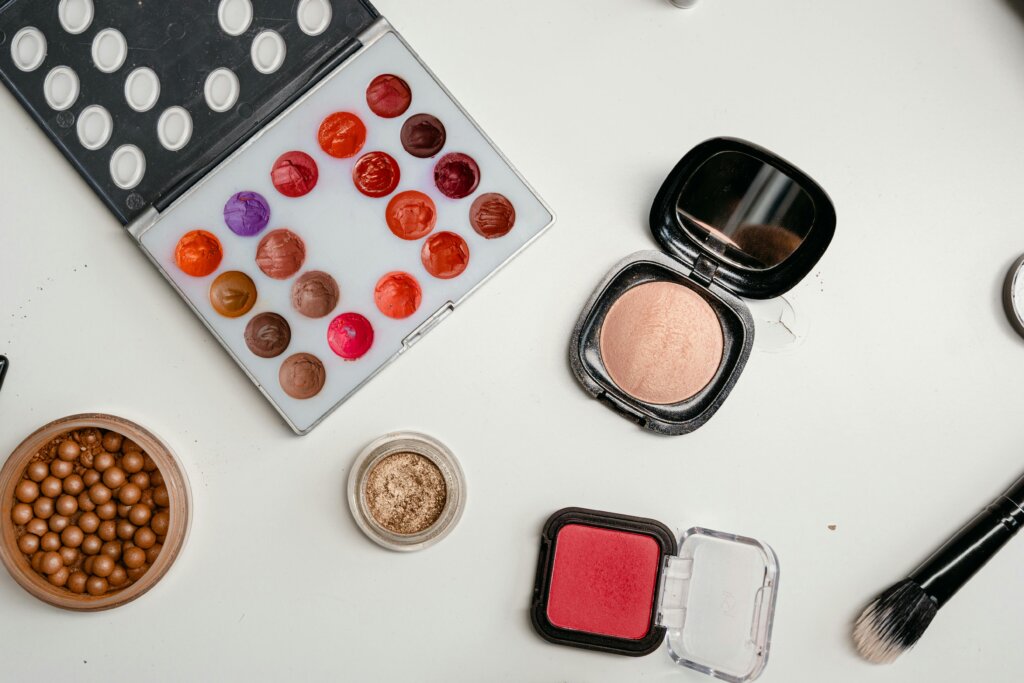
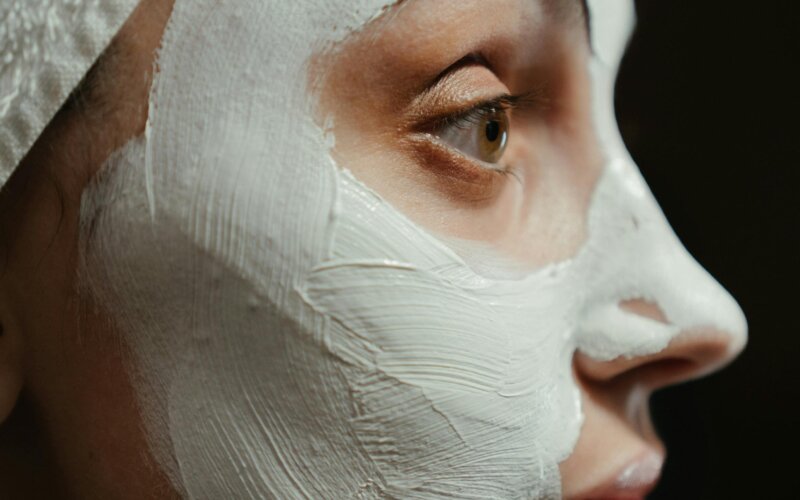
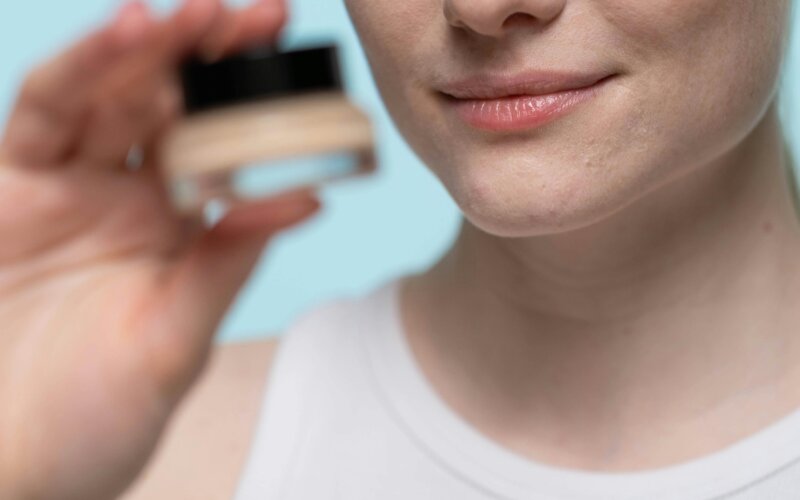
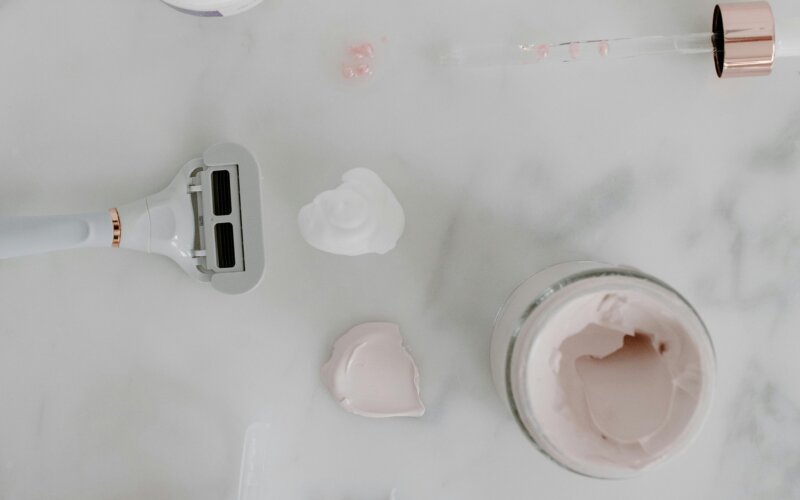
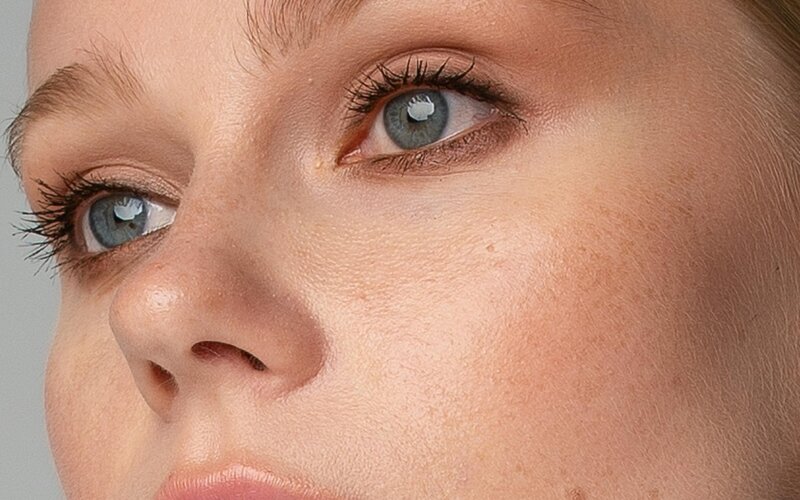
4 Replies to “Stop being emotional about your expired makeup! Here’s why!”